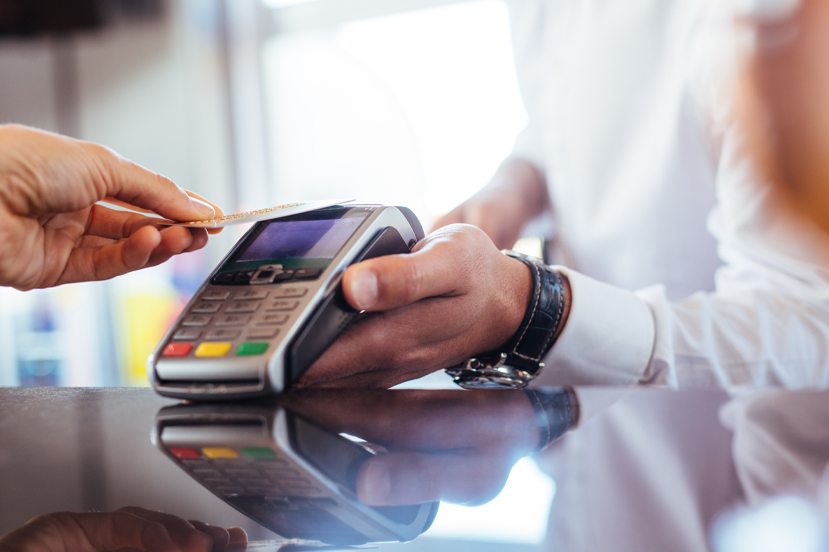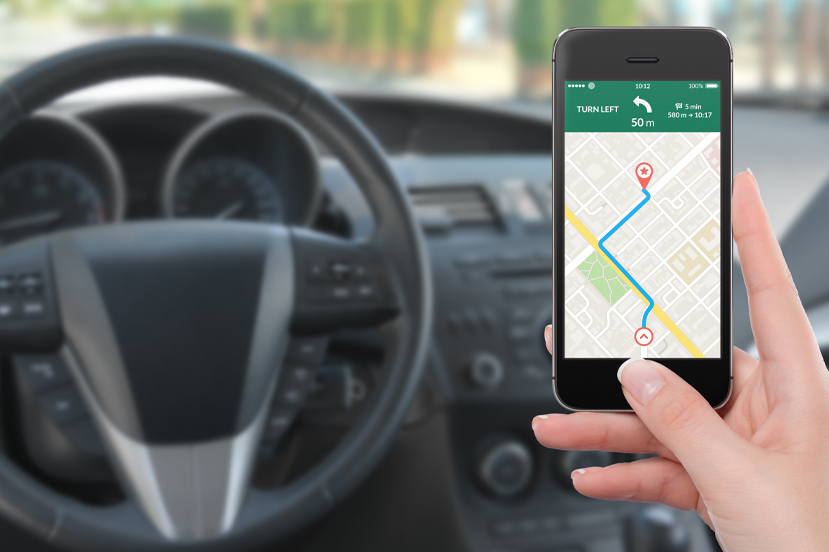What is a bank statement?
A bank statement is a monthly or quarterly document that summarizes your activity to show what money went in and out of a bank account. It can help you track finances, catch account mistakes and understand your spending habits on a regular basis.
The statement includes an account summary, transaction details and instructions for reporting any inaccuracies. If you have checking and savings at the same bank, you might get both in the same report. A statement period is usually one month long, and it may not match up with the calendar month.
Each statement’s summary usually lists the following:
First, the starting account balance
 Add your deposits, such as direct deposits, checks cashed, transfers received
Add your deposits, such as direct deposits, checks cashed, transfers received
 Subtract your withdrawals, such as purchases, transfers sent, ATM withdrawals
Subtract your withdrawals, such as purchases, transfers sent, ATM withdrawals
 Add any interest the account earned
Add any interest the account earned
 Subtract any fees charged by the bank
Subtract any fees charged by the bank
Followed by the new account balance
You can find the specific deposits, withdrawals and fees in the transaction details section.
How you receive a bank statement
Many banks and credit unions mail a statement once a month, but if you don’t make any electronic transactions in that time, some banks may choose to send a quarterly statement. If you have online banking, you usually have access to an electronic version of your statements on the bank’s website and mobile app, and you may opt to “go paperless,” or only receive electronic statements.
What to do with your bank statement
Once you get a new statement, aim to do these things:
1. Reconcile your account
You should regularly review your bank statements to make sure everything is accurate. “Reconciling your account” — or matching up your own record of deposits, withdrawals, interest and fees with the information on your bank statement — can help you catch any mistakes or even fraud. It can also help you avoid overdraft fees if the bank statement shows that you have less money than you think.
If you don’t record transactions yourself but use a third-party budgeting or accounting program, see if it has a record of your transactions and compare that with your bank statement.
When looking at your own records, remember to pay attention to the statement’s end date, since transactions made after that date will appear on your next statement.
2. Correct mistakes
When you reconcile your account, you might see charges on your bank statement you don’t remember making. Or you might see transaction amounts you don’t think are accurate. For example, you remember paying $24 at a restaurant, but it shows up on your statement as $42.
It’s worth taking a few minutes to find the reason for a discrepancy. It could be that you made a purchase you forgot about, or you recorded the wrong purchase amount in your software app or checkbook.
If you see a mistake, report it to your bank or credit union. You’ll usually have 60 days from your statement date to dispute any errors.
3. Keep records
After you review your statement, file it in a safe place. If you only receive electronic statements, consider downloading them since some banks limit how long you have access to statements, such as up to seven years.
You’ll probably need to refer to a bank statement when you file your tax return. And if you plan to refinance or buy a home in the near future, potential lenders might want to see several statements.
Bank statements are a great tool to help you track your money and stay on the same page as your bank or credit union.








